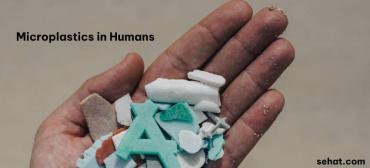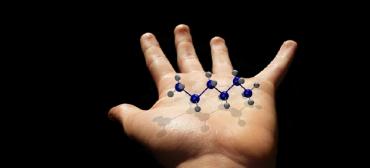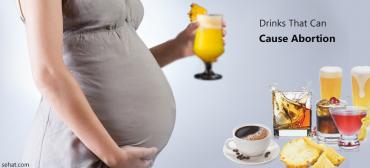Cholestasis of Pregnancy
What is cholestasis of pregnancy?
Cholestasis of pregnancy is a condition in which the normal flow of bile in the gallbladder is slowed or stopped resulting in itching and jaundice (yellowing of the skin, eyes, and mucous membranes). Although it may begin in early pregnancy, cholestasis is more common in the last trimester of pregnancy and usually goes away within a few days after delivery. Cholestasis of pregnancy occurs in about one woman out of 1,000 overall, but it is more likely in Swedish and Chilean populations, and in multiple pregnancies. It has a high risk of recurrence in future pregnancies. It is also known as intrahepatic (in the liver) cholestasis of pregnancy and pruritus gravidarum (severe itching).
What causes cholestasis of pregnancy?
The gallbladder is an organ attached to the lower part of the liver. It serves as a holding reservoir for bile that is produced in the liver. Bile acids are important in the breakdown of fats in digestion. Waste products in the blood are converted to a part of bile called bilirubin.
It is thought that hormones in pregnancy affect gallbladder function, resulting in slowing or stopping of the flow of bile. This causes a build up of bile acids in the liver, which can spill into the bloodstream causing itching. Jaundice may also result when bilirubin levels build up.
Why is cholestasis of pregnancy a concern?
Cholestasis may increase the risks for fetal distress, preterm birth, or stillbirth. It may also increase the mother's risk of postpartum hemorrhage (severe bleeding following delivery).
What are the symptoms of cholestasis of pregnancy?
The following are the most common symptoms of cholestasis of pregnancy. However, each woman may experience symptoms differently. Symptoms may include:
-
Overall itching
-
Mild nausea and discomfort in the upper right abdomen
-
Dark urine color
-
Light coloring of stools (bowel movements)
-
Jaundice (yellow coloring of skin, eyes, and mucous membranes)
The symptoms of cholestasis may resemble other medical conditions. Always consult your doctor for a diagnosis.
How is cholestasis of pregnancy diagnosed?
In addition to a complete medical history and physical examination, generalized severe itching without a rash is often the first clue to diagnosis. Blood tests for liver function, bile acids, and bilirubin often show changes which may also aid in the diagnosis.
Treatment for cholestasis of pregnancy
Specific treatment for cholestasis of pregnancy will be determined by your doctor based on:
-
Your pregnancy, overall health, and medical history
-
Extent of the disease
-
Your tolerance for specific medications, procedures, or therapies
-
Expectations for the course of the disease
-
Your opinion or preference
The goals of treating cholestasis of pregnancy are to relieve the itching and prevent complications. Itching may be treated with topical anti-itch medications or with corticosteroids. Medication is sometimes used to help decrease the concentration of bile acids. Vitamin K may also be used if blood clotting factors are abnormal. Fetal monitoring tests may be used to check the well-being of the fetus. If cholestasis of pregnancy endangers the well-being of the mother or fetus, then an early delivery may be necessary.
Related Questions
Pregnancy related
- 3550 Days ago
- Abortion and Still.. - Pregnancy
Gynocology problem
- 3573 Days ago
- Getting Pregnant - Pregnancy
Pregnancy
- 3592 Days ago
- Pregnancy Signs & .. - Pregnancy
Placenta abruption
- 3603 Days ago
- Child Birth - Pregnancy
Sore breasts, bumps on aerola,
- 4232 Days ago
- Pregnancy
Unsafe sex
- 4732 Days ago
- Pregnancy





















